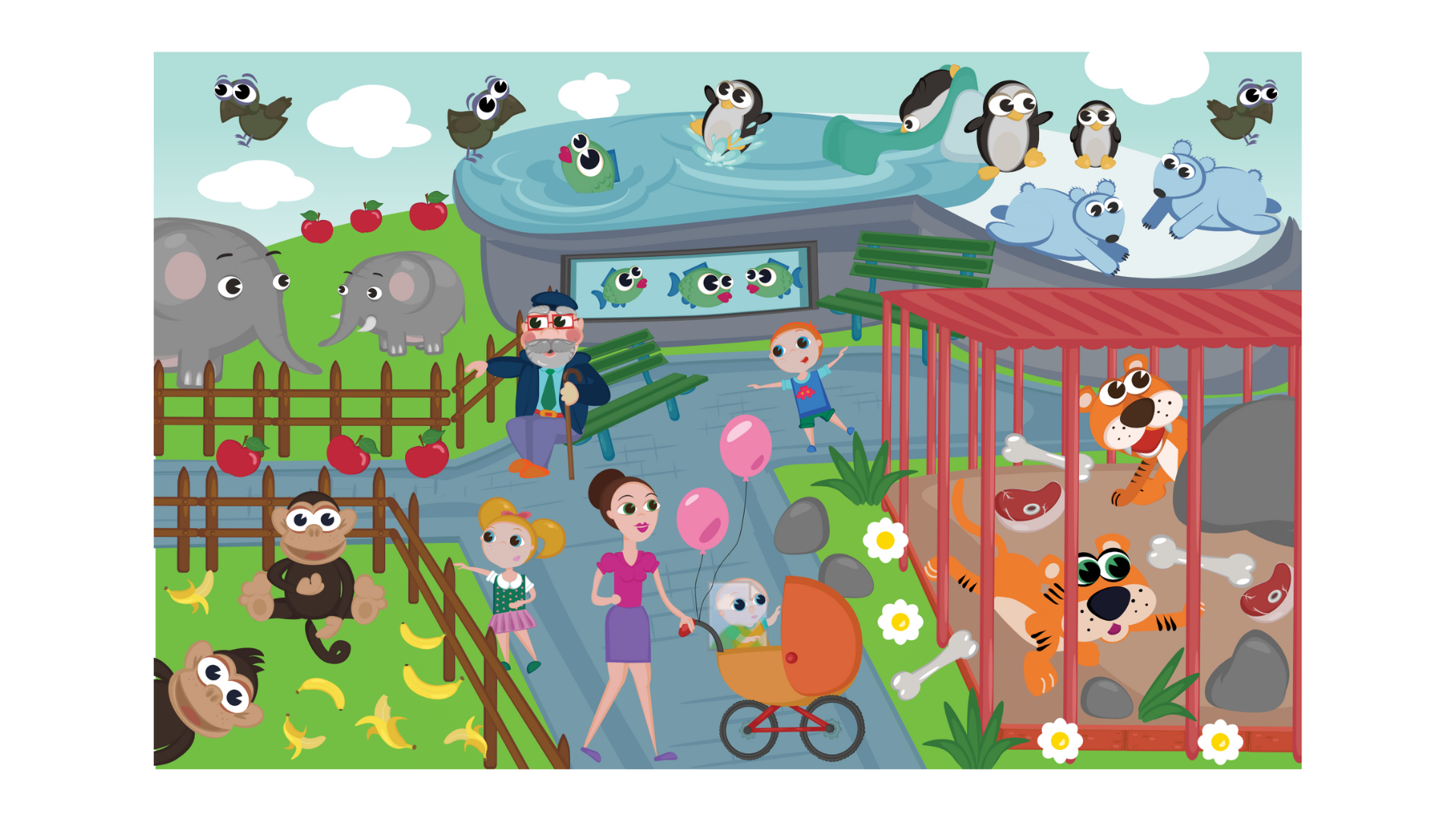Tips on how to use this exercise at home and at school.
Early math concepts
In this exercise, a pupil focuses on finding objects according to only one criterion. This type of task is one of the first communication games that the child understands before they reach preschool age.

Why is this exercise important?
The exercise focuses on sorting according to a given criterion. The child learns to think, analyse and structure their thoughts. They determine what is the problem that needs to be solved, evaluate it, and then repeat the process with new criteria. They learn to react, to forget the original criteria and to adopt new ones.
For example, we sort objects by colour, other times by size, and the next time by shape. By sorting, the child also learns conceptual precision, which is important in mathematics.
Who is this exercise suitable for?
Mainly for preschoolers, but it is also suitable for older children who need to develop their language skills. The difficulty of the exercise depends on how well the child knows the objects being asked about and also their properties. (Example: Do I know what an adult looks like? Do I know what a penguin looks like? Do I know who people are?)
Methodological recommendations
Either read aloud the instructions, play them or let the child read them by themselves. Ideally, you should talk to the child and ask questions like "Why do you think this belongs here?", "Is there another stone hidden somewhere?", "Why did you mark this character?".
Thanks to this way of thinking, the child develops language skills through verbal reasoning. This way, they learn much deeper and more complexly.
Tips for similar activities outside the app
Incorporating activities with everyday objects, where the child has to identify their colour, shape, size and other characteristics, is a great match for this exercise. For example, a child might recognize that a red car is different from a blue car, or that a button with two holes looks different from one with four holes.
In the game, we first use comparisons of only one parameter:
For this exercise, we try to focus on only one criterion, which can only be identified by vision, without further information about the object.
The criterion is usually colour, shape or type. For example, the child is looking for a blue sweater and green socks, not a warm sweater and dad's socks.